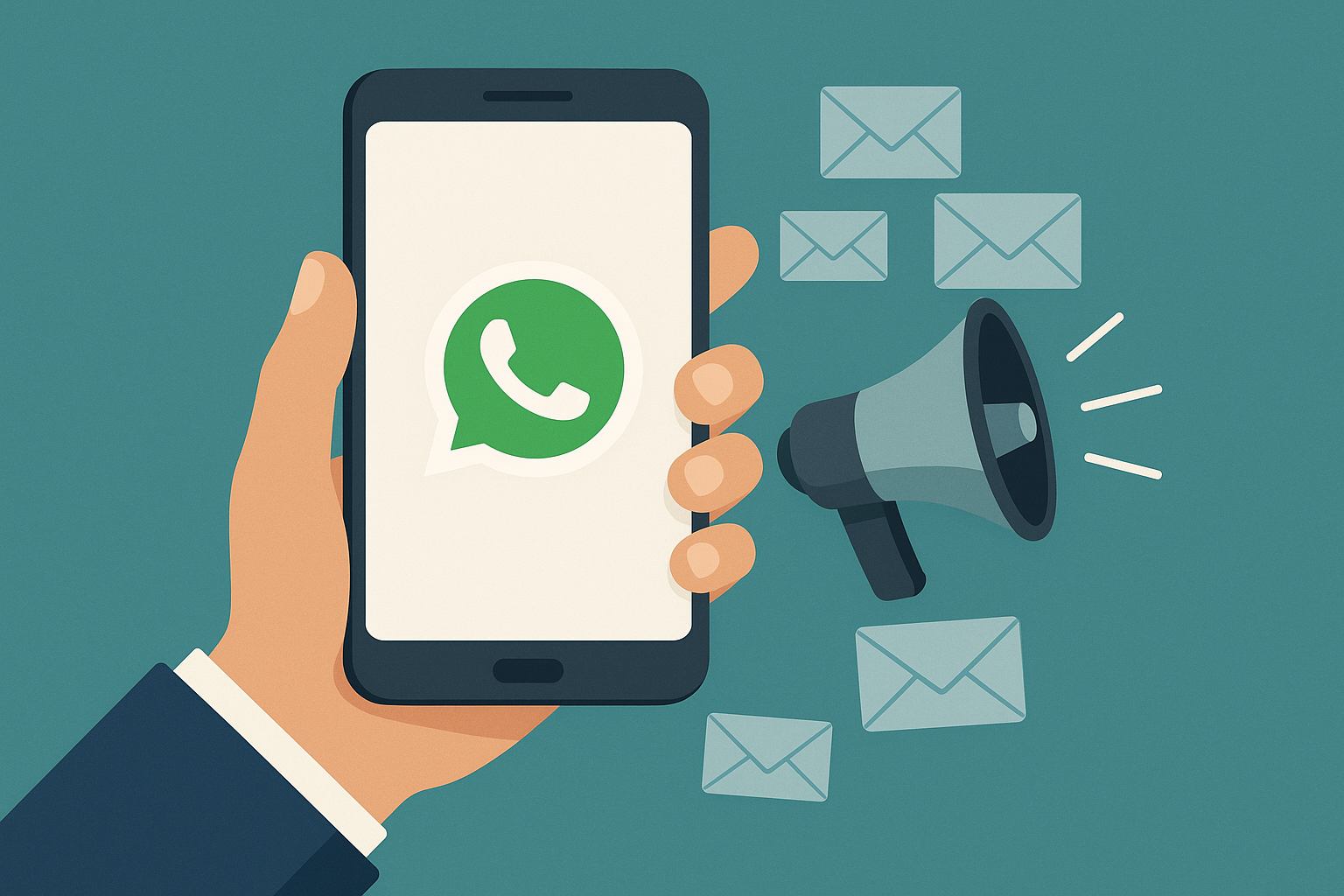Whether you are looking for Facebook Chat Automation, to Automate WhatsApp Messaging, to automate canned responses or automate chats of any kind the tenets of message automation are always the same. If you over automate a conversation, your customer service will suffer, if you under automate it’s going to cost you a lot. This guide helps get message automation just right.
Wie bei jedem Vorhaben, das ein hohes Kosteneinsparungspotenzial bietet, lässt sich der Prozess der Nachrichtenautomatisierung nicht einfach wie ein Lichtschalter an- und ausschalten. Es ist ein Prozess von Versuch, Irrtum und Optimierung. Es ist wichtig, diesen Prozess zu durchlaufen, da es leicht ist, einen Benutzer oder einen Kunden in der Echtzeit-Messaging-Umgebung zu enttäuschen.
1. Chat-Automatisierung: Konversationen auswerten
Der erste Schritt zur Nachrichtenautomatisierung besteht darin, die Chats zu verstehen, die Ihre Kundendienstmitarbeiter und Verkäufer mit Ihren Kunden oder Benutzern führen.
Das Ziel dieses Schrittes ist es, eine vage Vorstellung von der möglichen Auszahlung zu bekommen, die Sie durch die Automatisierung einiger Gespräche erzielen können.
For the initial research, ask the business development team, sales department, and customer representatives for anecdotal data. You’ll be surprised how bothered employees can be about repetitive messaging. Facebook Chat Automation
Record the answers employee’s give to these questions:
- What are the most common first messages or questions they receive in the chat? We’ll call these Onboarding-Nachrichten.
- What are the most common problems your customer support team responds to for customers or users that your company has already chatted with? We’ll call these Frequently Asked Questions (Häufig gestellte Fragen).
- Wie oft sind die Antworten auf Onboarding-Nachrichten oder FAQs genau gleich?
At this stage, you’ll have a pretty good idea of which topics you should conduct more research about by looking at past chat conversations. Past conversations will help you understand where automated onboarding and automated canned responses can be of use.
2. Chat-Automatisierung: Chancen erkennen
Der zweite Schritt zur praktischen Chat-Automatisierung besteht darin, Teile von Konversationen zu finden, die Sie mithilfe von Chat-Automatisierungsregeln (für Onboarding-Nachrichten) oder KI (für FAQs) automatisieren können. Suchen Sie dazu Beispiel-Chats mit Onboarding-Nachrichten und FAQs, die Sie in Schritt 1 von Ihrem Team kennengelernt haben. Facebook-Chat-Automatisierung
Der beste Weg, um Beispiele für Onboarding-Nachrichten und FAQs zu finden, besteht darin, sich direkt die Chats anzusehen. Sie können versuchen, E-Mails zu durchsuchen, um diese Informationen zu finden, aber E-Mail-Konversationen sind nicht nützlich, da die Art und Weise, wie Menschen in einem Echtzeit-Chat schreiben, sich stark von E-Mails unterscheidet.
If you’ve got live chat set up on your website, checking those conversations is an excellent place to start. If you have messaging app business accounts set up already, you’ll be able to find records of your chats in the following places:
- Facebook: alle Gespräche werden im Facebook-Posteingang aufgezeichnet
- WhatsApp: alle Gespräche werden in der WhatsApp Business App aufgezeichnet
- WeChat: Alle Gespräche werden auf der offiziellen WeChat-Kontenplattform aufgezeichnet
- Linie: all conversations are recorded in the Line@ 1 to 1 chat app
Once you’ve got about 10 to 20 examples of chat conversations for each onboarding message & FAQ you’d like to automate you’re ready for the next step.
3. Chat-Automatisierung: Onboarding-Flows
For most businesses, we see a few questions or topics that are so prevalent that it’s best to preempt it for all new contacts (subscribers).
Eine Onboarding-Automatisierung hilft, neue Kontakte in das Gespräch aufzunehmen. Dies kann eine Nachricht sein, um einen Kontakt über ein Problem aufzuklären, oder eine Frage, die der Kontakt beantworten kann, damit Sie ihm schneller helfen können. Automatisierung von Facebook-Chats
Berücksichtigen Sie bei der Auswahl der Art von Nachricht oder Frage, die Sie bei Ihrer ersten Onboarding-Automatisierung stellen möchten, die unten stehende Chat-Automatisierungsmatrix.

Stellen Sie sicher, dass Sie mit der Automatisierung von Nachrichten beginnen, bei denen Sie mit hoher Wahrscheinlichkeit Recht haben und mit geringen Kosten Unrecht haben.
Our first experiment was just one simple question. What language do you prefer to chat in English, Spanish or Chinese? It’s very easy to make a simple onboarding automation like this for your own company.
Automatisierung von Facebook-Chats
1. Navigieren Sie zu Einstellungen> Feld hinzufügen
und erstellen Sie ein Feld mit der bevorzugten Sprache der Kontakte.

2. Navigieren Sie zu Umfragen> Umfrage hinzufügen und erstellen Sie eine Umfrage, um einen Kontakt nach seiner bevorzugten Sprache zu fragen.

3. Navigieren Sie zu Automatisierung> Regel hinzufügen und Erstellen Sie eine Regel, die die Umfrage an den Kontakt sendet, wenn dieser die Unterhaltung beginnt.

4. Navigieren Sie zu Automatisierung> Regel hinzufügen und erstellen Sie eine Regel, die den Kontakt je nach gewählter Sprache einem Ihrer Respond.io-Plattformbenutzer zuweist.

That’s it. You’ve created your first automation.
A word of caution, we tried our first experiments with onboarding automations in a closed environment that didn’t include our real users. However, we quickly learned this method wasted our teams time (they were the testers) and usually didn’t reflect on what actually happened in the real world. Experiment with very light automation first, like the one we described above and test it on your real contacts. Facebook Chat Automation
If you’re ready for something more complex, we’ve created also created ein Leitfaden für komplexe Onboarding-Automatisierungen.
Now that you’ve done something to automation contact onboarding, let’s created some canned responses and automate to canned responses.
4. Chat-Automatisierung: Häufig gestellte Fragen zur Automatisierung
Once you’ve gone through your chat logs and have a good idea of your frequently asked questions, time to make canned responses. This is a test to see if your responses can be automated. If your agents find your canned responses sufficient, then they work.
In unserem Fall beziehen sich die häufigsten Fragen auf das Verbinden von Kanälen. Die Leute werden fragen, wie kann ich WhatsApp mit Ihrer Plattform verbinden? Wie kann ich Line mit Ihrer Plattform verbinden? Die Antworten, die wir auf diese Fragen geben, sind einfach, wir verweisen auf die Dokumentation.
Der beste Weg, um mit dem Testen Ihrer vorgefertigten Antworten zu beginnen, besteht darin, Snippets auf der Respond.io-Plattform zu erstellen. Snippets ist unser Name für vorgefertigte Antworten. Von Ihnen erstellte Snippets können von Agenten verwendet werden, um Fragen zu beantworten.
So erstellen Sie ein Snippet navigiere zu Ausschnitte > Snippets hinzufügen.

Snippets have a name, a message, and a topic. The name is used to bring up the Snippet using the “/” command in the messaging module. This message is the text that is sent to the contact. So topic is optional but helps keep things organized once you have many Snippets.
So verwenden Sie den Snippet-Befehl navigiere zu the Messages Module > type “/” > select the Snippet by typing the name or using the up & down arrows > press Enter.

Using Snippets is just as easy as using canned responses on any other platform. Once you’ve created 10 to 20 Snippets you think will work, time to let your agents give them a try. This is an important step before you embark on FAQ automation.
5. Chat-Automatisierung: Dialogflow hinzufügen
Once you’ve got 10 to 20 Snippets working well with agents this means you’re ready to add FAQ automation into the mix. This is where a Natural Language Processor (NLP) like Dialogflow comes into play. Facebook Chat Automation
Don’t worry about the fancy name. NLP is software that uses a little AI to determine how close one phrase is to another one. Every time someone asks a question, it will compare it to the questions you’ve added for that canned response.

If you’re interested in learning more about using Dialogflow for some FAQ automation with respond.io please check out unser Beitrag zur Nutzung der Plattform zusammen mit Dialogflow. Es gibt viele Tipps und Tricks zum Ausprobieren.
6. Analysieren, optimieren und implementieren Sie mehr Nachrichtenautomatisierung
Niemand erwartet, dass Sie es beim ersten Mal richtig machen. Chat-Automatisierung is a trial and error process that requires organizations to test better variants of their answers repeatedly and analyze consumer feedback to automated chats to improve their design. You’ll want to optimize your onboarding and improve how you group information in Snippets to truly automate canned responses.
Der Schlüssel zu einem erfolgreichen Chat-Automatisierungssystem ist die Fähigkeit der Organisation, ihre Ergebnisse aufzuzeichnen, zu bewerten und zu verbessern.





dass ich hoffe, dass es ausreicht, um gemeinsam erfolgreich zu sein
Danke für den guten Artikel, hoffe du arbeitest auch weiter.
Es ist schwierig, erfahrene Leute für dieses Thema zu finden, aber Sie scheinen zu wissen, wovon Sie sprechen! Danke
Ich habe mich sehr gefreut, diese Website zu entdecken. Ich möchte Ihnen für Ihre Zeit aufgrund dieser fantastischen Lektüre danken!! Ich mochte definitiv jedes bisschen davon und ich habe auch dein Buch markiert, um neue Dinge in deinem Blog zu sehen.
Guter Post. Auf den Websites, auf die ich täglich stoße, lerne ich etwas Neues und Inspirierendes. Es ist immer interessant, Artikel anderer Autoren zu lesen
Eine faszinierende Diskussion verdient sicherlich einen Kommentar. Ich glaube, Sie sollten mehr zu diesem Thema posten.
Zum nächsten! Vielen Dank!!